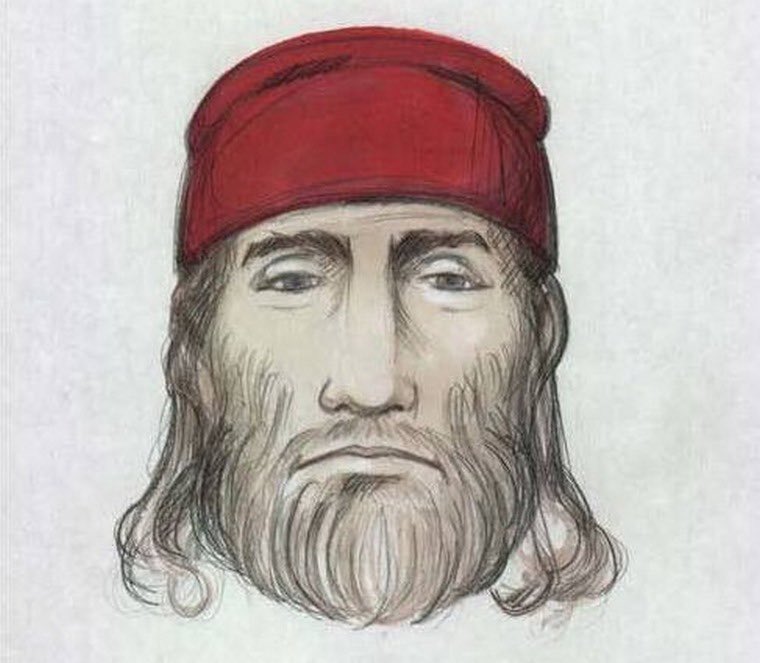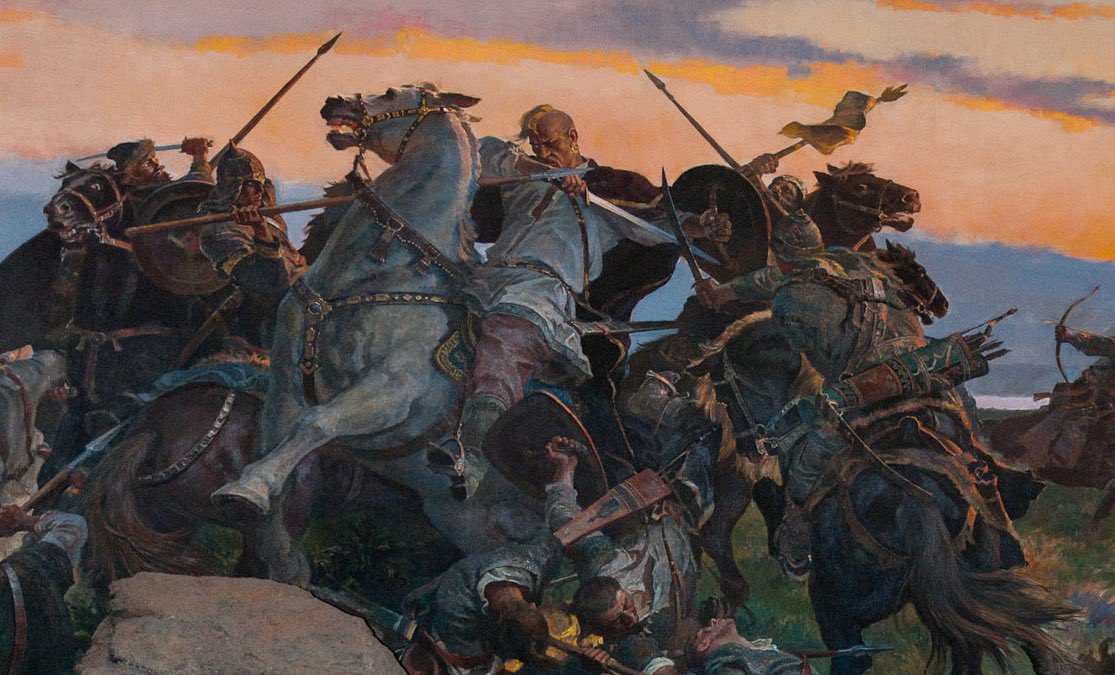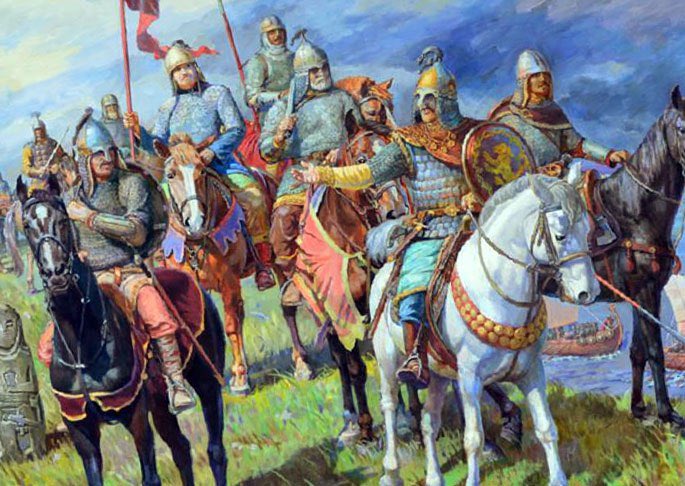
Harald Hardrada sailed to Miklagard, “The Great City,” in hopes of finding riches & adventure, both of which he would receive in spades from the imperiled Empire. Harald’s reputation preceded his arrival in Constantinople. The elites must have know of his status as a royal exile. 

In 1034, the Byzantine Empire found itself fighting countless foes on its lengthy borders. Although the Varangian Guard functioned as the Emperor’s bodyguard, the emperors of Harald’s day preferred the palace. 

Not willing or selected to become the “Varangians of the City,” the Emperor’s Life Guard, Harald and his men would fight for plunder. It is possible Harald desired fame & fortune not possible in a palace-bound bodyguard, or he did not have the money for the entry fee. 
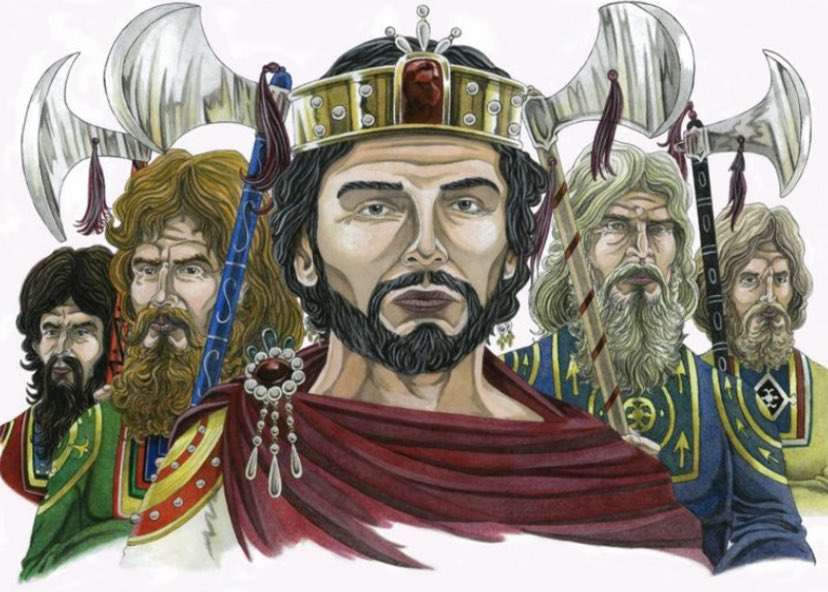
During Romanos III & Michael IV’s reigns, the bulk of Varangians could not be spared to idle in Constantinople and Harald and his hand-picked war-band were immediately sent to the Mediterranean to fight Arab pirates. 

Despite Nikephoros Phokas’s conquest of Crete, Arab pirates still frequented the Aegean & Ionian Seas. In order to secure shipping, the safety of coastal regions, & military maneuvers across the seas, Byzantine rulers hired Norse warriors & their agile ships to patrol the waves. 

A verse from Bölverkr Arnórsson describes Harald arrival in Byzantium with, “the war-brave lord reddened his sword in battle and entered the [Emperor’s] service.” Harald and his men went to work attacking these pirates at sea and in their coastal hideouts. 

Harald’s pay functioned as a bounty. Each pirate ship Harald captured, he owed 12 Marks to the Emperor and could retain the rest of the booty. With this, Harald began amassing his famous wealth, even being accused of cheating the Emperor his rightful share of the plunder. 

Under the command of the Strategos, Cibirriotes, the Byzantines won a great victory against a pirate fleet in the Aegean, sinking many ships and taking hundreds of slaves. It is likely Harald and his men took part in this gruesome battle, demonstrating Norse skill at sea. 

In the winter of 1034, the Varangians settled into winter quarters in the Thracesion Theme. The Byzantine chronicler Cedrenos recorded an instance where a woman killed a Varangian who attempted to rape her. 

After discovering this, the rest of the unit honored the woman by gifting her all of the rapist’s possessions and tossed the man’s body away; such was the sense of justice of the Varangian Guard. It is possible Harald himself oversaw these events, Hardrada meaning “hard ruler.” 

Although Harald was likely in Western Anatolia since he had spent the past year fighting in the region, other Varangian detachments had been sent across the Empire to serve as the elite shock troops of Byzantium wherever needed. 

Matthew of Edessa records a Varangian commander, Akolouthos, putting down a rebellion of King Adam of Sebaste in 1034. Soon after eradicating these pirates, and a possible stint fighting Pechenegs in Bulgaria, Harald and his men were sent further East, to the edge of the Empire. 

The poet Arnórsson claims Harald and his men captured 80 strongholds from the Arabs on the borderlands and scholars see no reason to question this figure. As elite soldiers, the Varangians may have been used to storm difficult fortifications, gaining fame and fortune in success. 

Cederenos also recorded that the Varangian commander in the East, Nicholas Pegonites, captured the fortress of Berkri in Armenia after a lengthy siege. It is likely Harald and his men helped capture this fortress, probably one of the many the sagas attribute to his martial skill. 

Harald and his men may have marched with the Strategos (General) Constantine Katallakos to the relief of Edessa in 1036 and even fought for Maniakes, the then Strategos of Vaspurakan, before his famous Sicilian campaign. 

The sagas also tell of Harald making an expedition to the Holy Land. The Caliph of Egypt, Moustanir-Billah, was the son of a Byzantine mother and a religiously tolerant ruler. Moustanir concluded a 30 year peace treaty with Michael IV in 1036. 

Moustanir also approved Byzantine support to rebuild the destroyed Holy Sepulchre and free passage for Christian pilgrims to the Holy Land. Harald and his Varangians were dispatched to guard high-ranking Byzantine pilgrims, money, and masons on their way to Jerusalem. 

The peaceful entry into towns along the route and fights with Bedouin brigands on the road eventually mutated into a story of Harald’s conquest of the Holy Land in Norse sources. However, the assertion Harald, “made an offering at the grave of Our Lord, and to the Holy Cross… 

of so much money & gold & jewels that it is hard to compute the amount… made the entire way to Jerusalem peaceable, slaying robbers and other evil folk…” is probably accurate. 

Harald’s accumulated riches and close contact with the Byzantine elite served as a self-fulfilling cycle. The more wealth and fame he acquired, the more lucrative opportunities were presented to him by those who wished to garner the support of Harald in their machinations. 
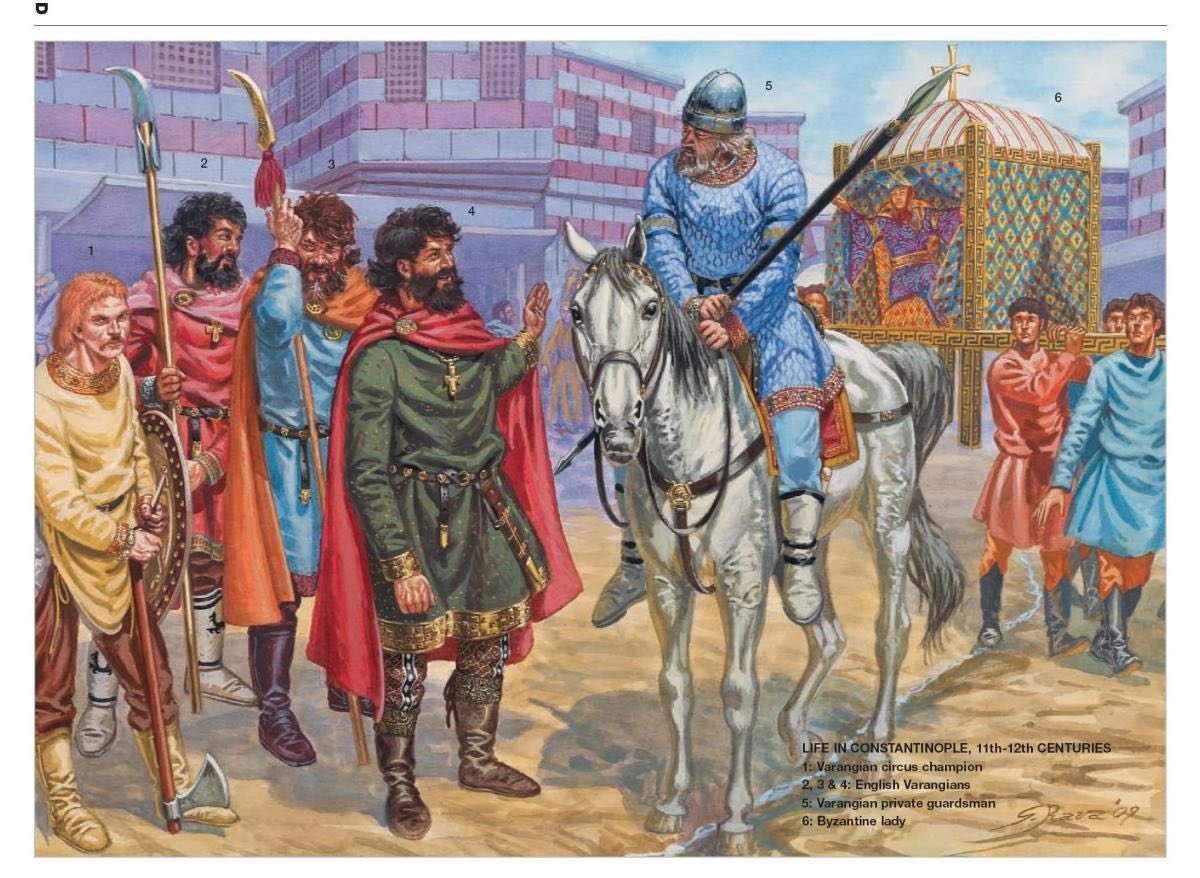
Harald’s first years in Byzantine service would only serve as a prologue to his greatest campaign in service of the Empire. War loomed over the rich and divided land of Sicily. A great army was being assembled and led by the famed George Maniakes. 

Harald and his Varangians will take part in this famous campaign, and his participation will help change the course of history in Sicily, the Byzantine Empire, and beyond. 

• • •
Missing some Tweet in this thread? You can try to
force a refresh




